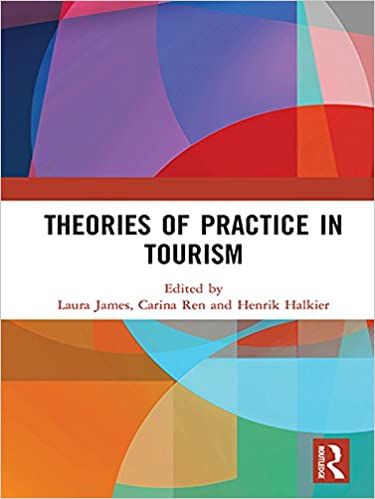Oxford Reference database:
A Dictionary of Food and Nutrition (4 ed.), David A. Bender
This dictionary offers jargon-free entries on food,
nutrition, diet, and health that clearly explain even the most technical of
nutritional terms.
From abalone to zymogens, its
coverage spans types of food (including both everyday and little-known foods),
nutritional information, vitamins, minerals, and key scientific areas including
metabolism and genomics. This new edition includes expanded coverage of food
safety and relevant organizations, and of the nutritional information included
for many foodstuffs. It also incorporates over 40 new line drawings, including
numerous illustrations of the chemical structures of nutrients.
It is an essential resource for students of nutrition,
dietetics, food science, and health and human sciences.


















